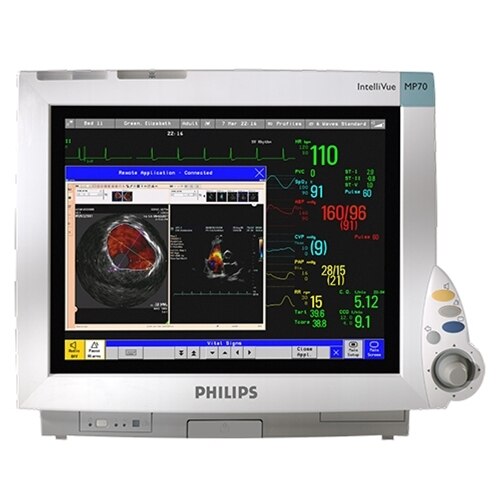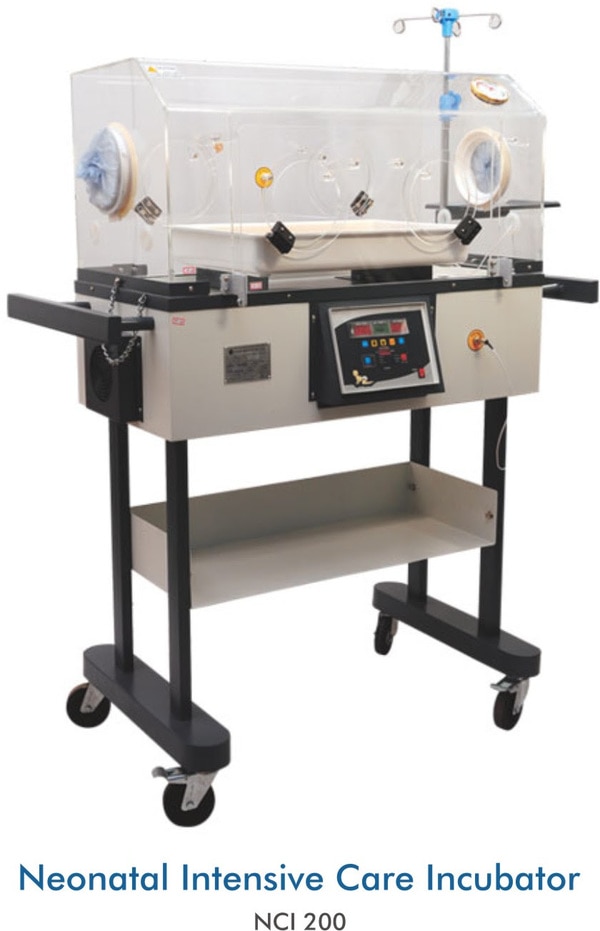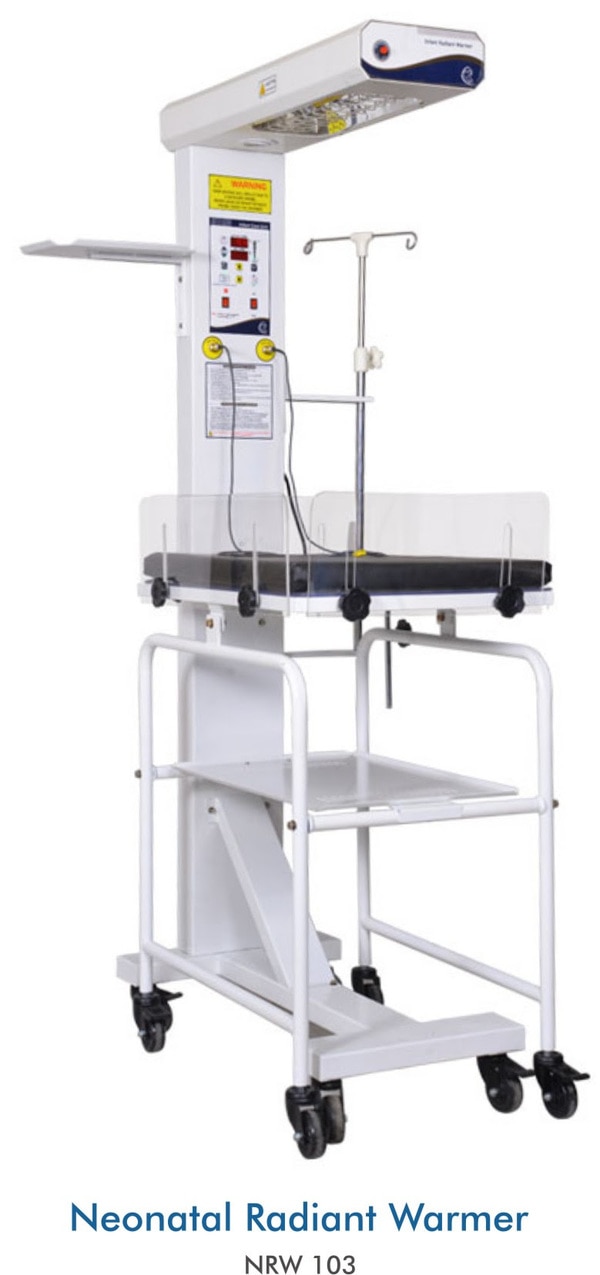Description
Philips Intellivue MP70 Features: The Philips IntelliVue MP70 patient monitor integrates a 15-inch color LCD display with a data processing unit into one device. Eight different waves can be displayed on the screen along with the 12-lead ECG screen. Navigating throughout the menus of the MP70 is easy with its touchscreen display and user-friendly interface. The MP70 has two integrated slots for plug-in modules. You can also use the two-slot recorder module in the integrated slots. Everything you need to operate the monitor is contained on its screen. Almost every element on the screen is interactive, Screen Elements include measurement numerics, waveforms, screen keys, information fields, alarm fields, and menus. The Philips MP70 can be connected to the Multi-Measurement Server (MMS) and any one of the measurement server extensions, as well as the Flexible Module Server. The Flexible Module Server allows you to use up to eight measurement modules when attached to the Philips IntelliVue MP70. The modules you can attach to the FMS are: Invasive Blood Pressure, Temperature, Oxygen Saturday of Arterial Blood (SpO2), Cardiac output, Transcutaneous Gas, Mixed Venous Oxygen Saturation (SvO2), Recorder, VueLink Device Interface, EEG, Bispectral Index (BIS), and Spirometry. You can plug and unplug all of these modules during monitoring, just insert the module until the lever on the module clicks into place. Touchscreen and SpeedPoint operation Customizable viewing options with 10 pre-set screen configurations Uninterrupted patient monitoring Bright and easy to read color display Space-saving, quiet, and stable Fast startup Philips IntelliVue MP70 Specifications Dimensions Height: 14.17" (36 cm) Width: 15.95" (40.5 cm) Depth: 6.69" (17 cm) Weight: 22.05 lbs (10 kg) Display Type: XGA Resolution: 1024 x 768 Refresh Rate: 60 Hz Size: 15" (38.1 cm) Power Power Consumption: <145 W Line Voltage: 100 to 240 V ~ Current: 1.6 to 0.7 A Frequency: 50/60 Hz Sweep Speeds 6.25, 12.5, 25, and 50 mm/s Accuracy: +/- 5% Accuracy Sounds Audible feedback for user input. Prompt tone. Two different QRS tones, SpO2 Events Information: Trigger conditioning and time, event classification and associated detailed view of episode data. Episode Data: Configurable, includes all numerics, alarms, inops, and either: 4 minutes of high-resolution trend or 20 minutes of numerics trend @ 12 sec. resolution or 15 seconds of 4 waves @ 125 samples/sec. Capacity (Max.): 25 or 50 events for either 8 or 24 hours. Advanced Event Surveillance Events are electronic records of episodes in the patient's condition They can be used to drive alert notifications to assist compliance with any protocol that is being used by the clinician. Mouse Any specified PS/2 mouse or trackball may be used for data entry Recordings Using the plug-in recorder record numerics for all active measurements and up to three waveforms can be documented. It can be used for local recording in either the FMS or the integrated module slots. Report templates can be defined in advance, enabling print-outs tailored to each hospital's specific requirements to be started quickly. They can be printed locally or centrally - connected printers, and they can be initiated manually or automatically at user-defined intervals. An extensive range of patient reports can be printed: Event Review and Episode Reports 12-Lead ECG reports Vital signs Graphic trends Cardiac output reports Wedge procedure reports Calculation reports EEG reports Loop reports Patient Transfers The Universal Admit, Discharge and Transfer (ADT) feature means that all ADT information is shared between the networked monitoring and the information center. Information only needs to be entered once. Patients can be transferred by disconnecting the MMS or X2 from a monitor and then reconnecting it to a new monitor. Patient demographics are stored in the MMS and the X2, so they do not have to be re-entered on the new monitor. Drug Calculator The drug calculator allows you to calculate the fourth value when three of the following values are entered: dose, amount, volume, the rate of infusion. A titration table and drip table can be displayed and printed. The drug calculator can also be configured to include a list of commonly used drugs using the support tool.




